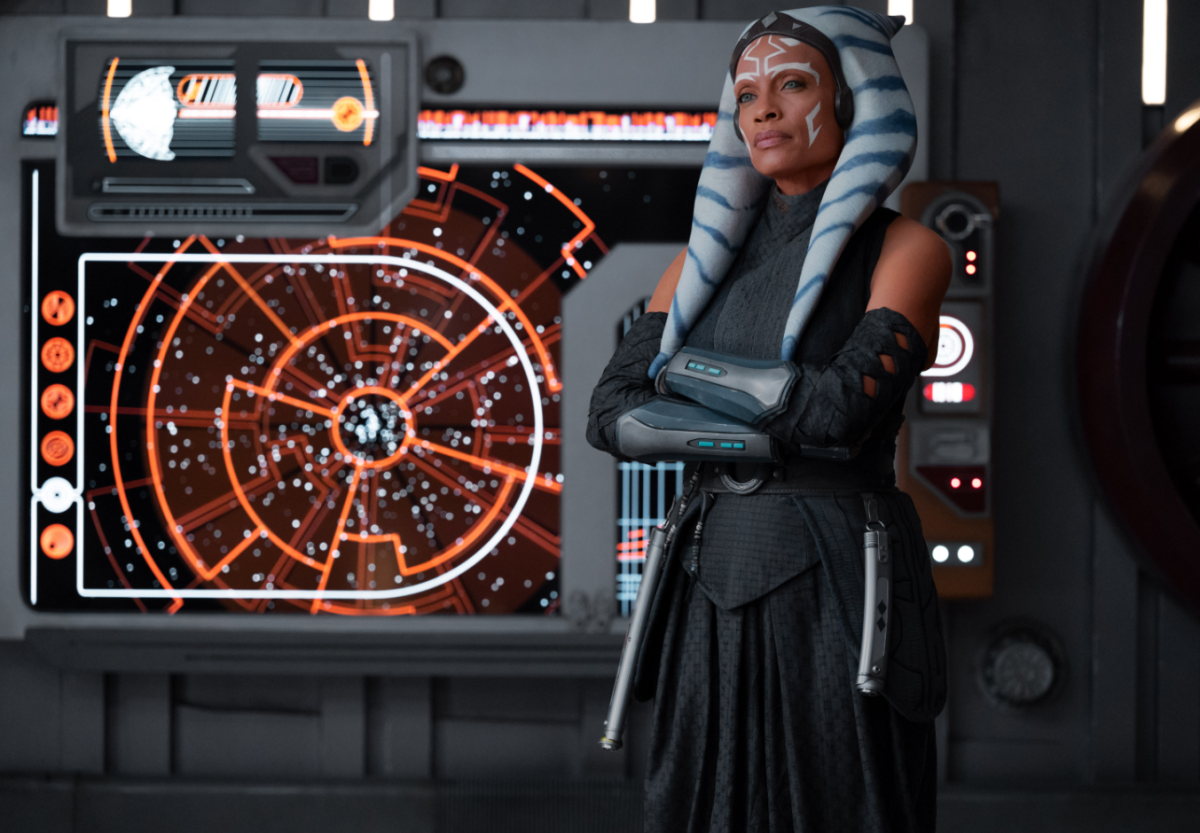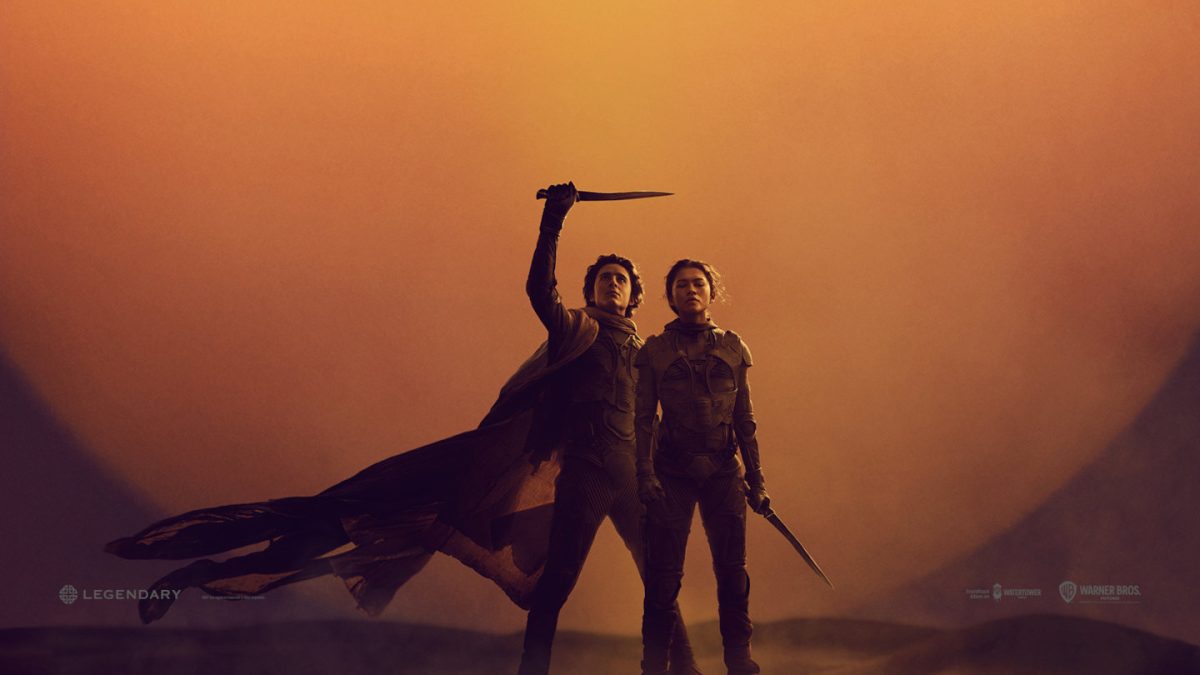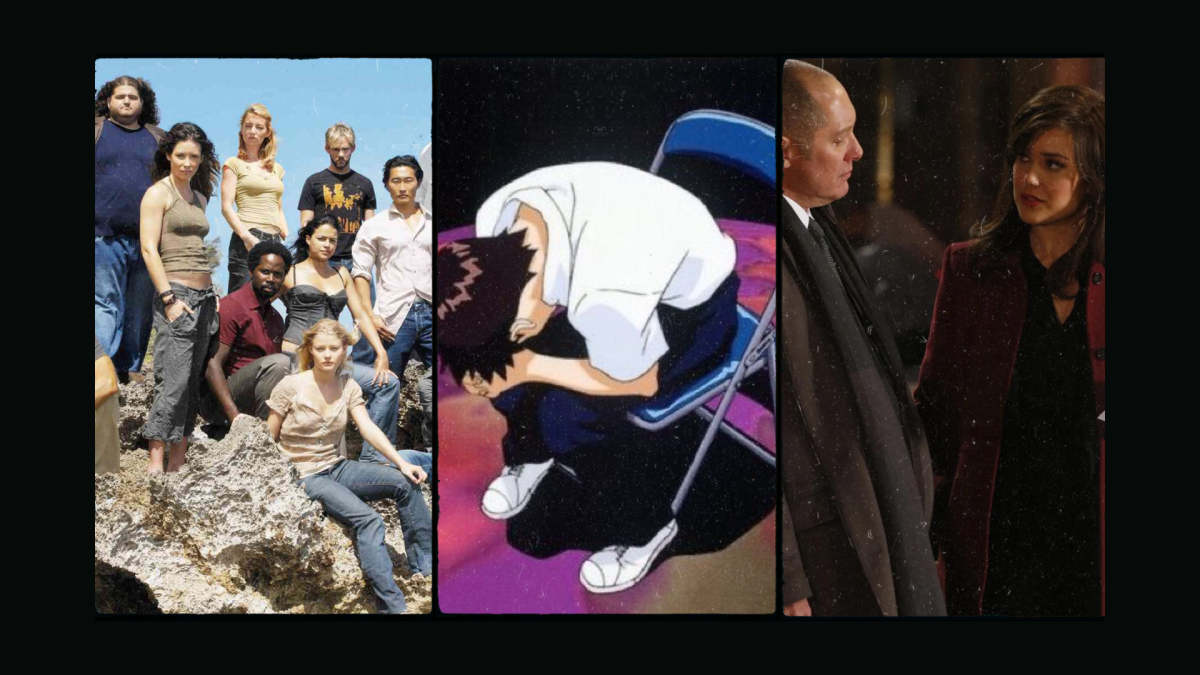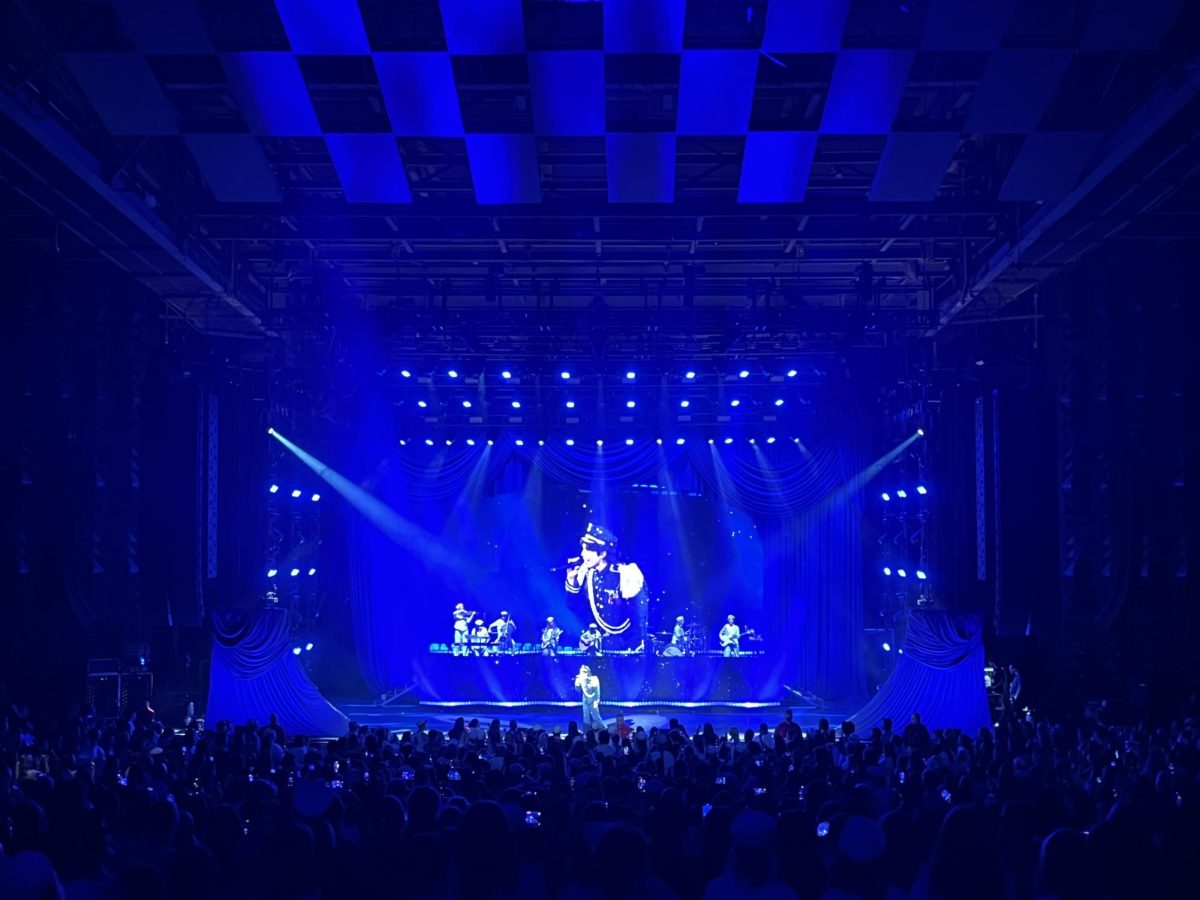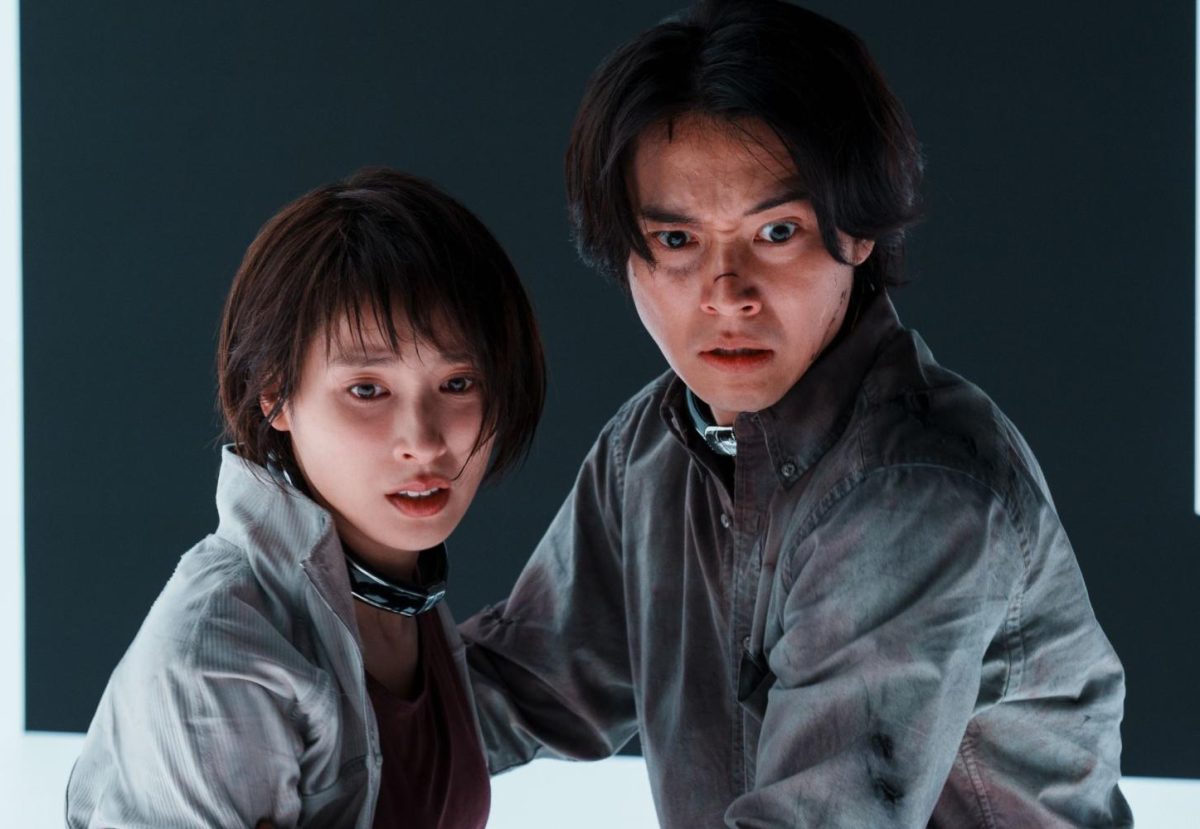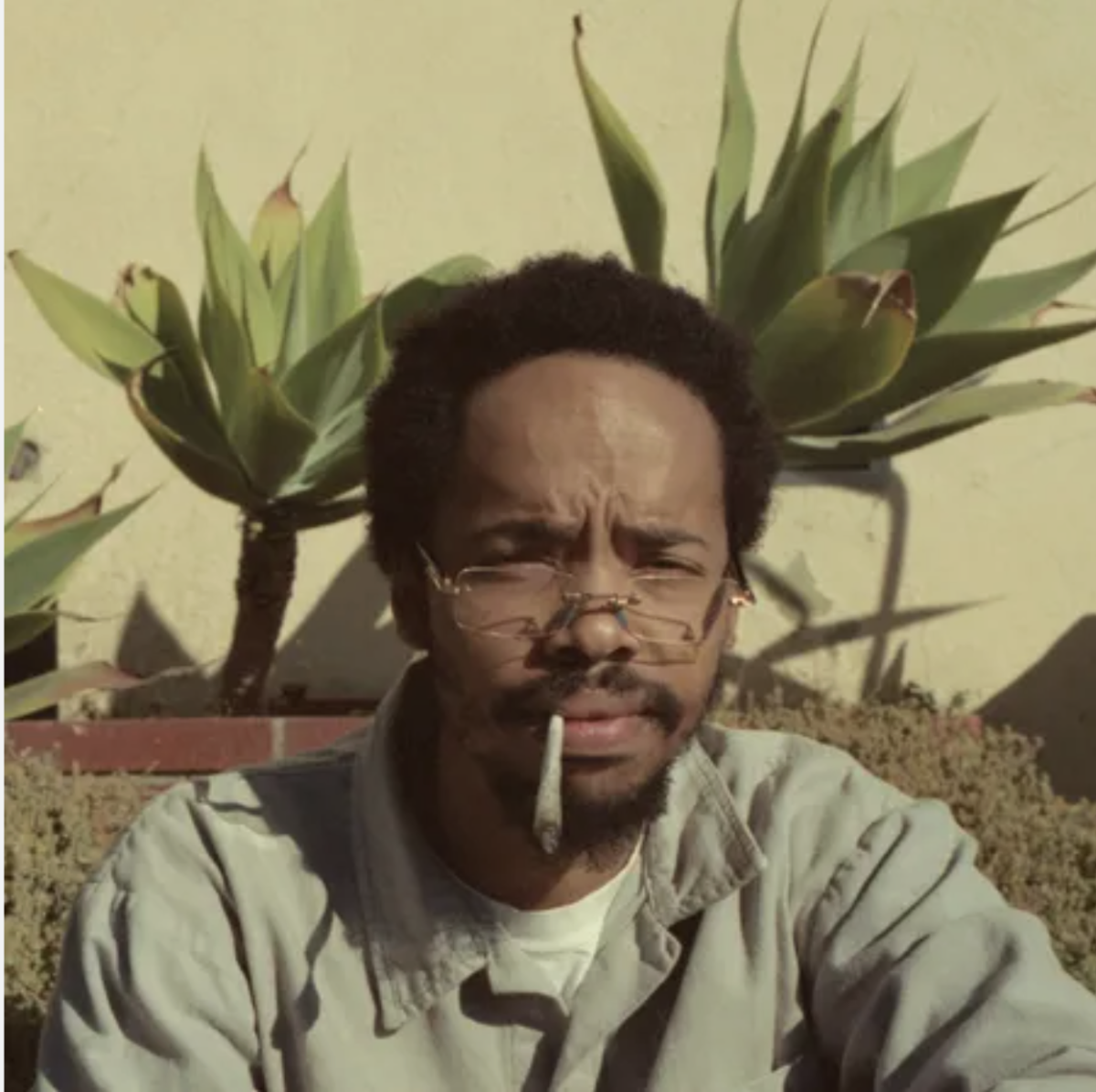In Disney’s newest live-action Star Wars show: a jedi on a quest to stop a historic evil from returning to the galaxy.
Two lightsaber-wielding hooded figures bluff their way aboard a New Republic starship with the mission of freeing a mysterious prisoner held aboard, starting off ”Star Wars: Ahsoka” first episode of the season. This explosive exposition leads to a slow-moving quest to stop a historic villain from returning to the galaxy.
My biggest gripe with “Ahsoka” involves the story, specifically, the lack of backstory provided. The history behind the events of the show is never explained at any length. Who are Thrawn and Ezra? Why are they important? Why is Ahsoka looking for them? These questions go largely unanswered for the first half of the show, leaving viewers without much Star Wars knowledge in the dark.
The show relies heavily on references and callbacks to previous Star Wars media, specifically the TV show “Star Wars: Rebels.” Much of the context required to fully understand Ahsoka’s story lies within the ending of “Star Wars: Rebels”. For viewers who have not watched previous media, the story becomes more difficult to understand. In order to fully grasp the story, one requires knowledge of less popular Star Wars media, something established fans will appreciate is the show’s exploration of more esoteric areas of Star Wars lore. Important characters and story points involve some seriously strange stuff that will be exciting for new viewers to discover.
The acting and characters are up to par with Disney standards but overall don’t stand out. Most of the major characters have been previously established in other Star Wars media, only antagonists Baylan Skoll and Shin Hati are original to the show. Overall, this is both a benefit and a drawback as it feels like not much time has to be spent establishing the characters. However, the use of pre-established characters is a component of the lack of backstory issue. Existing characters already have their personalities, traits and motivations roughed out and thus the steps that most shows take to establish their characters in the first season are never really done. Rosario Dawson puts in good work as the titular character, personifying her confident, analytical nature. Character Lars Mikkelsen stands out as Grand Admiral Thrawn, who voiced Thrawn’s animated adaptation in the TV show “Star Wars: Rebels” and excellently portrays him as a cold, calculating genius.
The CGI, sets and production design is what you’d expect from a Disney product. The series was filmed with StageCraft virtual production technology, incorporating CGI backdrops into the set in the form of large HD screens, as opposed to adding them in post-production via green screen. Many of the environments the characters find themselves in are physically present around the actors on set, albeit in the form of digital screens, as opposed to physically constructed sets or green screens. Other visual effects are up to standard but don’t stand out. Vehicles are well-detailed, and Ahsoka’s starship feels lived-in. You can tell that it’s not only a vehicle but also a home. The creatures are lifelike and fit well into their environments. There aren’t many big VFX moments to speak of, as the story’s action is kept quite contained. The soundtrack is up to par but doesn’t stick out.
Overall, “Star Wars: Ahsoka” does exactly what it’s supposed to: set the stage for future Star Wars storytelling. “Star Wars: Ahsoka’s” self-contained story is brought to a conclusion and that conclusion sets up conflicts and major antagonists for the next few years of Star Wars media. The lack of proper backstory definitely holds it back, but overall those who enjoy Star Wars or action-adventure TV more generally will find the show enjoyable.



